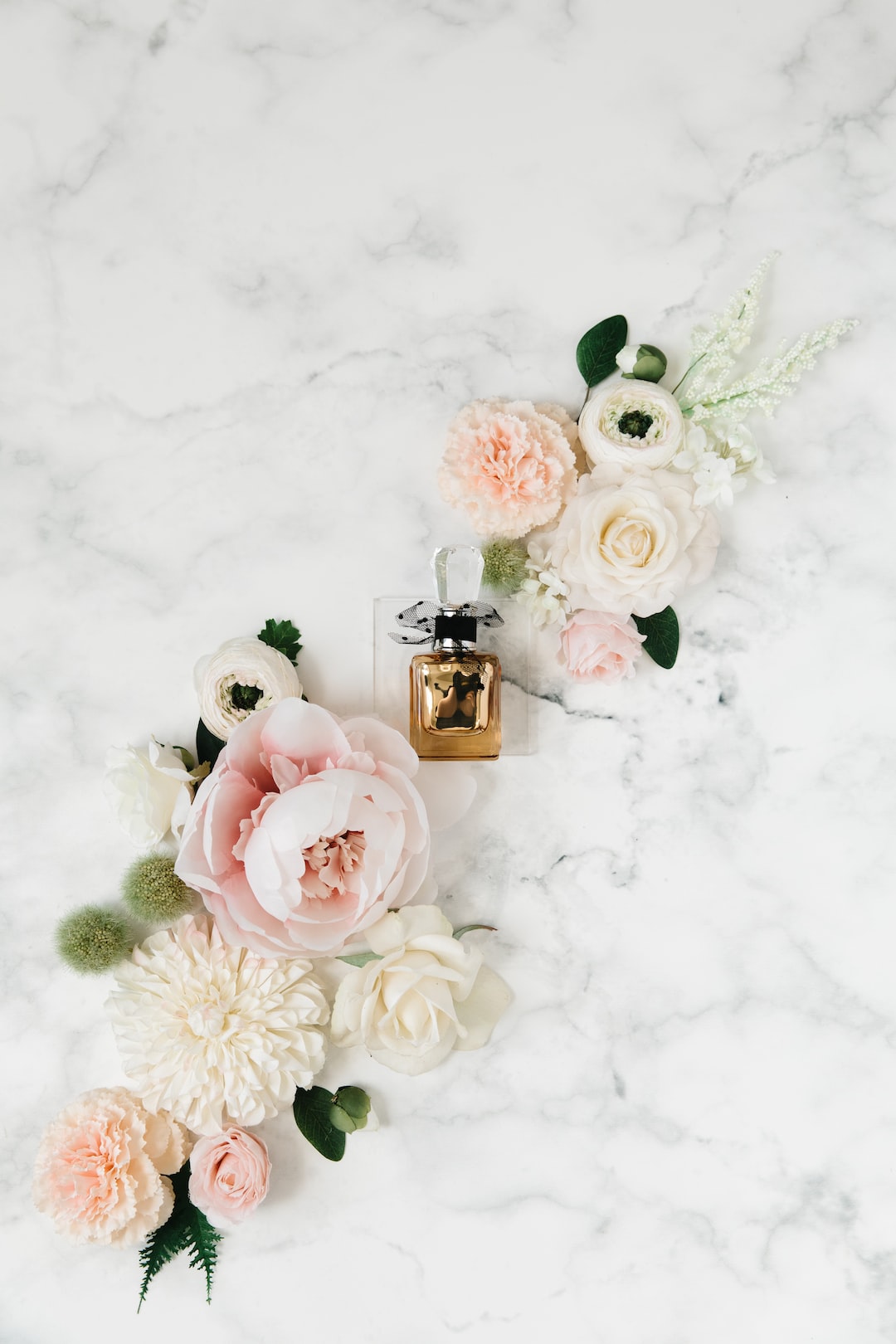Inclusive Beauty: Discussing Diversity in the Cosmetics Industry
The cosmetics industry has long been criticized for its lack of diversity and inclusivity. For too long, many consumers have felt excluded due to the limited shade ranges available for different skin tones, the lack of representation in advertising campaigns, and the perpetuation of unrealistic beauty standards.
However, in recent years, there has been a noticeable shift towards inclusivity and diversity in the cosmetics industry. Brands are beginning to recognize the importance of catering to a wide range of skin tones, body types, and gender identities. This is not only a positive step forward for the industry but also for society, as it helps to challenge and break down traditional beauty norms.
One of the most significant changes we have seen is the expansion of shade ranges in foundation products. In the past, it was common for brands to offer limited options, with a particular focus on lighter skin tones. This left many people with darker complexions feeling marginalized and overlooked. However, thanks to the efforts of various beauty influencers and consumers demanding change, brands have started to listen and respond.
Nowadays, we see brands like Fenty Beauty, which launched with a range of 40 foundation shades, setting a new industry standard. This inclusive approach not only celebrates all skin tones but also encourages other brands to follow suit. Consumers are finally being catered to, and they no longer have to settle for makeup that is not a true match for their complexion.
Furthermore, representation in advertising and marketing campaigns has become a crucial aspect of promoting inclusivity in the cosmetics industry. Consumers want to see themselves represented in the beauty brands they choose to support. Brands are increasingly featuring models of all races, ages, and body types to ensure that their marketing is relatable and captures the diversity of their audience.
For instance, major brands such as MAC Cosmetics and CoverGirl have made a conscious effort to diversify their campaigns by featuring models from different ethnic backgrounds and using a variety of body types. This not only fosters inclusivity but also sends a powerful message that beauty comes in all shapes, sizes, and colors.
In addition to representing a wider range of skin tones and body types, brands are also embracing gender inclusivity. The beauty industry is no longer solely focused on catering to women. Many brands have expanded their product lines to include gender-neutral options, acknowledging that everyone should have the freedom to express themselves through makeup.
For example, makeup brand Milk Makeup has a range of products that are designed to be inclusive to people of all gender identities. This inclusive approach helps to create a more accepting and open-minded beauty industry where everyone feels welcome and represented.
While the progress made towards inclusivity in the cosmetics industry is undoubtedly commendable, there is still work to be done. The push for diversity should not be seen as a trend or a marketing ploy but rather as an ongoing commitment. Brands need to continue listening to their consumers and evolving with societal changes to create products and campaigns that truly represent all people.
In conclusion, the cosmetics industry is finally waking up to the importance of inclusivity and diversity. The expansion of shade ranges, the representation of various body types, and the inclusion of gender-neutral options are all positive signs of progress. Ultimately, an inclusive beauty industry benefits not only consumers but also society as a whole. By celebrating diversity, we can challenge societal beauty norms and create a more accepting and inclusive world.

